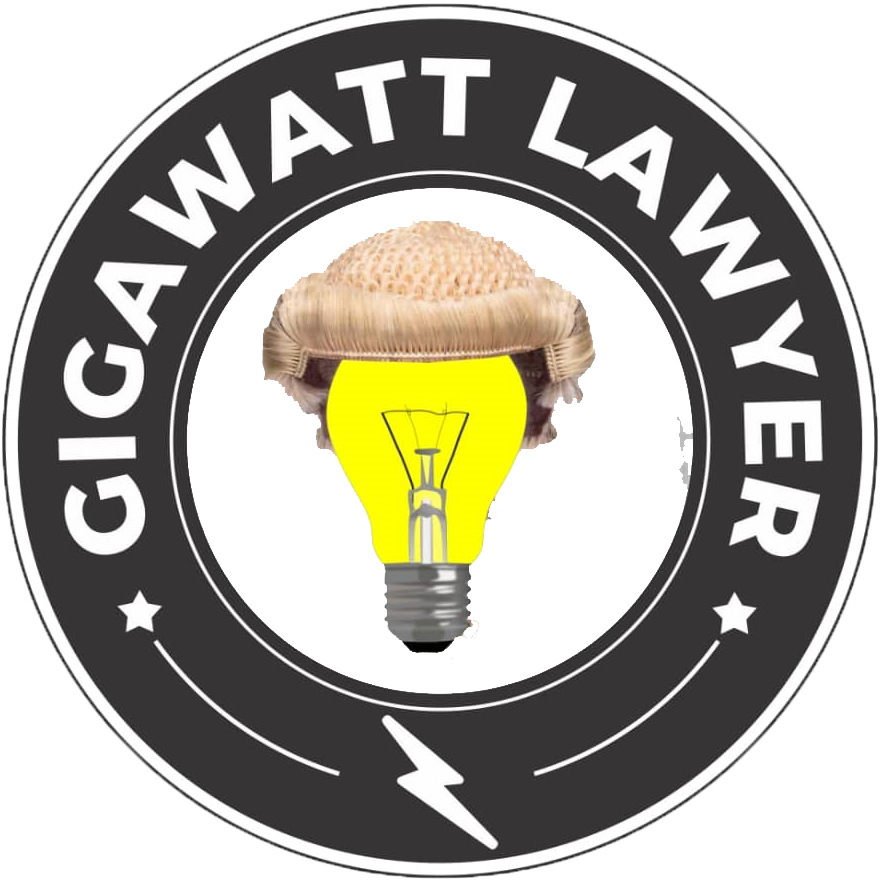If you live in Nigeria, you already know the story. One moment, the light is on; the next, darkness. Yet the electricity bill still shows up like an uninvited guest at Christmas. 😅
Sometimes you just wonder, “Where all this power dey vanish go?”
Well, you’re not imagining things. A lot of our electricity really does disappear between the generation station and your house.
That’s what we call Aggregate Technical Commercial and Collection (ATC&C) Losses; a fancy name for electricity that gets lost, wasted, or stolen before it reaches paying customers. In some parts of the country, over 30–40% of power just disappears. That’s almost half the light gone before it reaches your bulb!
But here’s the good news. We can fix a lot of this. So, grab a drink, sit back, and let’s gist about what causes these losses and how our DisCos (Distribution Companies) can keep the lights on and the bills fair without plenty of grammar.
⚙️ What Are ATC&C Losses, Anyway?
Imagine fetching ten buckets of water from the well. By the time you reach your kitchen, only six buckets remain. The rest leaked out along the way, or one sharp neighbour “borrowed” a few. That’s basically what happens with electricity in Nigeria.
We generate 100 units of power, but only 60–70 reach paying customers. The rest is lost to technical issues (like old wires and bad transformers) or commercial problems (like stolen power, fake meter readings) or collection issues (like unpaid bills).
And when these losses pile up, the power sector bleeds money, and we, the customers, end up suffering the blackout blues.
🔍 The Main Culprits Behind the Losses
Let’s split them into two: the technical wahala and the commercial wahala. For this post, I will include the collection challenges under the commercial wahala.
🛠️ Technical Losses – “When the System Itself Get Headache”
Think of the electricity network as a leaky pipe. No matter how much water you pour in, some must drip out.
Here’s how:
- Old and tired equipment: Transformers and lines that should’ve retired when Nokia 3310 was still reigning.
- Overloaded lines: Especially in busy areas like Lagos or Onitsha, where too many people depend on one small feeder.
- Long transmission distances: Like carrying soup on okada — by the time you reach, only oil go remain.
- Lack of upgrades: Some lines still running on 1980s tech.
In many rural areas, long, low-tension (LT) lines waste serious energy. The farther the current travels, the weaker it gets.
💸 Commercial Losses – “The Human Factor”
Now this one is where our “Naija creativity” sometimes goes overboard. 😅
- Illegal connections: People tapping power, like say na free Wi-Fi.
- Broken or tampered meters: Some spin slower than my grandpa’s radio.
- Billing errors: Estimated bills that look like rent for Banana Island.
- Low payment collection: Some customers disappear when it’s time to pay. They justify their illegal thoughts like: “light wey no stable, why I go pay?”
If we don’t fix these habits, even the best technology will still fail.
⚡ How to Reduce Technical Losses
We may not eliminate all losses, but we can drastically reduce them.
💡 Quick Wins (Short-Term Fixes)
- Balance the load: Make sure one transformer no dey carry too much wahala.
- Upgrade conductors: Use stronger wires that waste less power.
- Install voltage boosters: Keep power steady, especially in areas far from the main line.
- Clean up connections: Tighten loose joints, replace weak insulators. Small things make a big difference.
- Add capacitors: Help balance voltage and reduce wastage.
Even these small steps could save serious energy — especially in high-loss zones like Enugu, Kano, or parts of Port Harcourt.
🌍 Bigger, Long-Term Moves
- Map the system: Know where every wire, feeder, and substation is.
- Plan ahead: Anticipate population growth and future demand.
- Adopt smart tech: Use smart grids and sensors to track losses in real time.
- Upgrade old substations: Retire outdated ones before they retire themselves. 😅
If Nigeria takes these steps, we’ll see fewer voltage drops, fewer transformer explosions, and far fewer candlelit dinners (except romantic ones).
💰 Cutting Commercial Losses
This one is trickier because it involves people and, as you know, people matter pass transformer.
🔒 Prevention First
- Proper meter installation: Do it right the first time.
- Switch to prepaid and smart meters: They detect tampering faster than EFCC detects Yahoo boys.
- Seal meter boxes: So, no “midnight adjustments.”
- Regular audits: Compare the power leaving the feeder with what customers are billed.
- Digital readings: Reduce human errors and temptation.
Rolling out prepaid meters nationwide will save everyone’s sanity. No more estimated billing that feels like a guessing game.
🧠 Smarter Strategies
- Use Aerial Bunched Cables (ABC): Harder to tap into, less likely to fail.
- High Voltage Distribution System (HVDS): Smaller transformers closer to users mean better supply and less theft.
- Move meters outside homes: Out of reach from “creative electricians.” Now, many DisCo are mounting meters on poles beyond the reach of customers.
- Spot billing: Bill customers immediately, not two months later.
- Make payment easy: Mobile money, POS agents, online options — convenience equals compliance. In fact, the regulatory requirement from NERC is that all Maximum Demand customers and other commercial customers transition to cashless platforms.
- Community involvement: When people feel ownership, they protect the infrastructure. I recall how a community in Nasarawa State guarded their transformers like sacred shrines, which theft could spell spiritual calamity for the community.
Imagine if every neighbourhood in Abuja had its own “mini transformer committee”, light go stable, and wahala go reduce.
🌟 Real-World Solutions That Could Work
- HVDS for small clusters: Two or three farms sharing a 15kVA transformer means less theft, better voltage.
- Aerial Bunched Cables: Perfect for urban areas where people “borrow” current like a neighbour’s salt.
- Smart Meters: Track usage, detect theft, and integrate with solar systems.
- Digital Billing: Real-time spot billing with mobile payment options. No more “I no see my bill.”
🔌 Wrapping It Up
If Nigeria can cut ATC&C Losses down to just 10%, the impact will be massive. It means more stable power, lower costs, and fewer generator headaches.
Factories will run longer, homes will have steady light, and maybe, just maybe, we can finally retire the phrase “Up NEPA!” 😂
But this can only happen if everyone plays their part: the government, DisCos, and us, the consumers. Because truth be told, sometimes we too dey cause small “current leakage.”
So next time you see someone hanging illegal wire from a pole, just tell them:
“Bros, no be only transformer dey cause darkness o. Sometimes na we dey pull the plug ourselves!” 😎
Have you noticed power theft or strange billing in your area? Drop your gist in the comments. Let’s talk about how we can make light matter again. 💡




